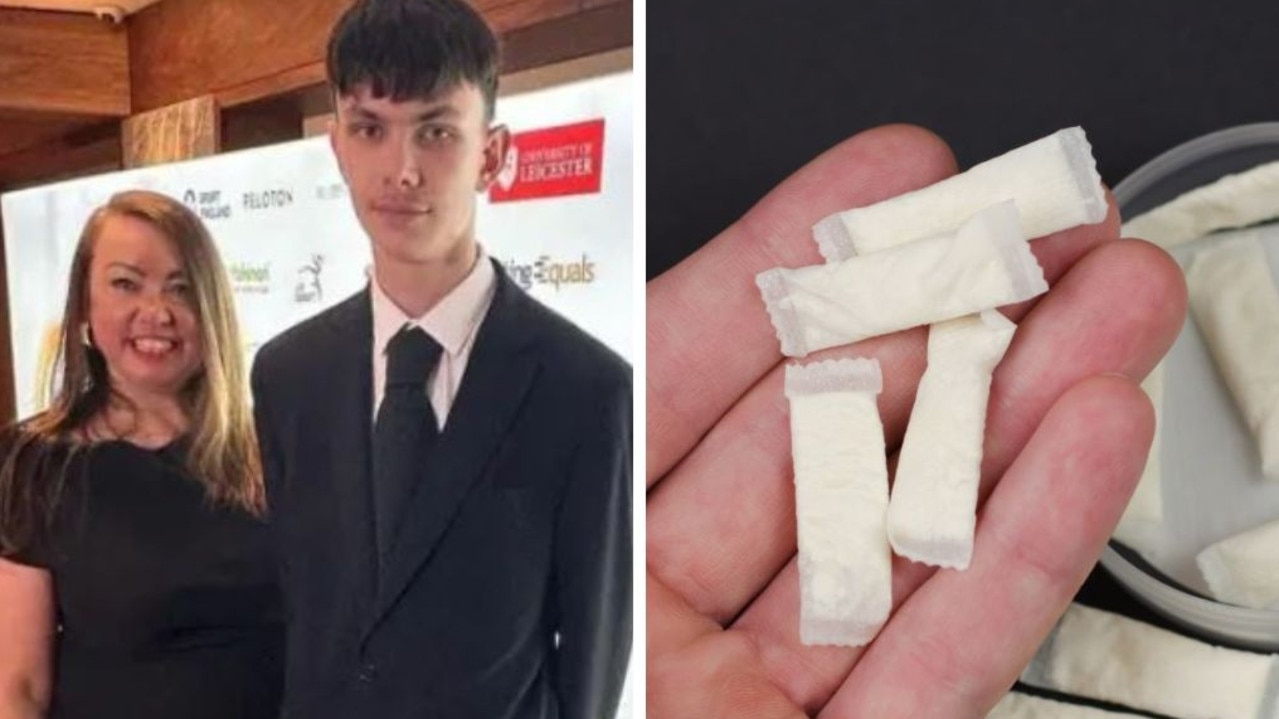Coronavirus Australia: How long will we have to stay in our homes
The month of March felt like an eternity. But the outlook of how long we will actually spend in our homes this year comes down to one big factor.
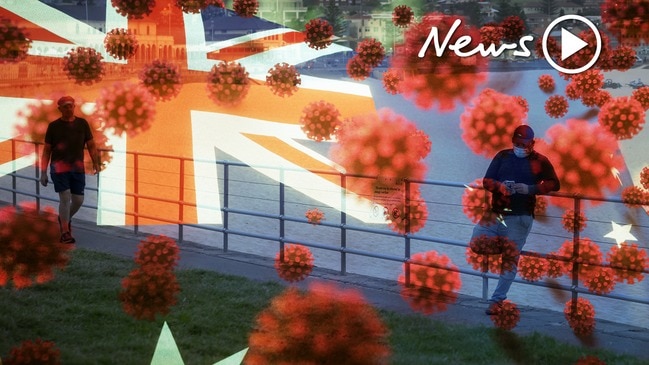
Our homes are our lifeboats. We’re adrift in a pandemic storm. The winds of fortune can cast us down any of the four points of the compass. But we do have a rudder to guide our course: medical science.
We’re cramped. We’re confused. We want to know when we’ll be rescued.
But pandemics aren’t like that.
It’s only safe to crawl out of our lifeboats once 60-80 per cent of everybody around us is resistant to COVID19. Or if we’re resistant ourselves.
That means surviving infection. Or getting a vaccine.
How long will it take?
When can we step outside again?
That’s the trillion-dollar, hundreds-of-thousands of lives question on everybody’s lips.
Stay at home unless you are:
— Australian Government (@ausgov) April 2, 2020
- Shopping for essentials
- Receiving face-to-face medical care
- Exercising with no more than one other person
- Unable to work or study from home
More information at https://t.co/QtylgXe1rI#COVID19 #coronavirusaustralia #stayhomesavelives pic.twitter.com/U1Md399Y2v
Everything will be determined by how effectively we use our liferafts.
Exactly how many people swamp into Australia’s hospitals in the coming weeks and months depends on how well we isolate ourselves.
Every time you step out of your lifeboat, you’re risking the COVID-19 sharks. And, if you’re a knowing or unknowing carrier, you’re the shark.
RELATED: Follow the latest on the coronavirus pandemic

But by choking the virus’s spread, hard-pressed health authorities may be able to get on top of the disease. They will be able to isolate identified cases and track down all of those who may have been exposed. They will have time and resources to develop new treatments and, eventually, a vaccine.
None of this will eliminate COVID19.
But it will dramatically sap its strength.
And a weakened presence in our community will bring about the opportunity for a carefully monitored relaxing of isolation and physical distancing measures.
ONE-TO-TWO MONTHS?
We’re in uncharted pandemic waters.
“Those who do outbreak modelling know how complex the models can be and how many unknown assumptions need to be inputted especially early in a new infectious outbreak,” writes Medical Journal of Australia editor Professor Nick Talley.
“For this reason, sometimes simple models are more robust, at least early on when it matters.”
Which is why any attempt at casting ahead must be considered speculation.
A month ago, Australia’s politicians were talking about a disruption on the scale of a fortnight or so. But the virologists weren’t. They’ve been immersed in this scenario for decades, even though we’ve only just been forced into it ourselves.
One early hope is to track down and isolate every carrier of the virus. But that opportunity is already past.
NEW #COVID19 RESEARCH: a @Sydney_Uni data study shows the COVID-19 pandemic is set to peak in several days in #Australia. The data suggests we can expect 8,000-10,000 total cases over the course of the #pandemic
— Sydney Uni Media (@SydneyUni_Media) April 3, 2020
Read more 👉 https://t.co/trXOl1IXyW pic.twitter.com/3W9MCFrZlR
It might have been possible in Australia had harsh action had been taken faster. But the hundreds of untraceable cases now being detected in our communities prove the virus is well and truly loose in the population.
And most of those infected now won’t even know it: it can take several weeks before symptoms show. It then takes several more weeks before patients recover – or die.
Worse, many of those who have COVID19 and don’t know it are already infectious.
Until recently, government policy was only to isolate those displaying symptoms.
Research shows #MentalHealth is a key factor in health outcomes across so many disorders of the Brain and Mind. #COVID19 experiences give us some insight: #SocialConnection is as vital as ever @SydDementiaNet #Sydney_health @NMHC #InThisTogether pic.twitter.com/rPhsnPJs5t
— Brain & Mind Centre (@BrainMind_Usyd) April 2, 2020
For all this to end within one or two months, the only option is to surrender to the pandemic. Abandon all social and physical distancing. Let people get sick.
Survival of the fittest.
Millions of Australians will be ill within weeks. Only a privileged few will get access to healthcare – before the system collapses spectacularly under the weight of patients.
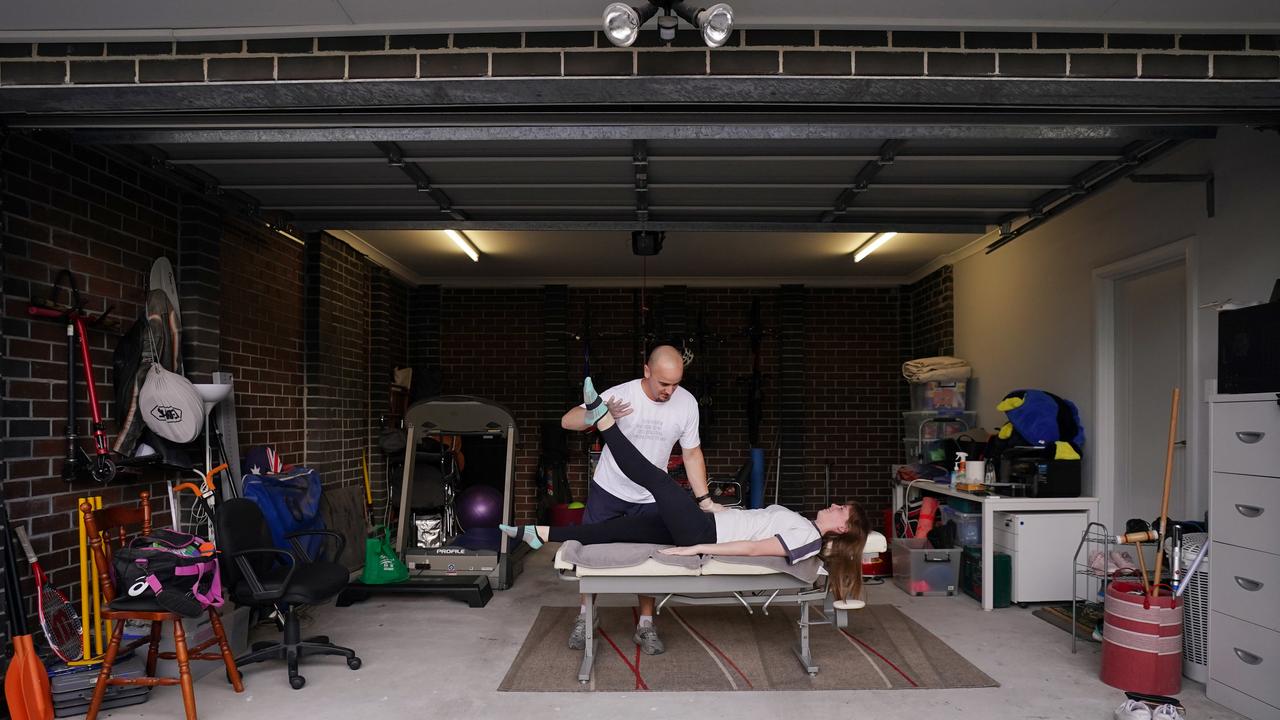
Models predict tens of thousands of fatalities in this scenario: most of them our parents and grandparents, but also those with pre-existing conditions such as diabetes and cancer. But the experience in Italy and the US shows plenty of perfectly healthy, young and fit people will die, too.
THREE-TO-FOUR MONTHS?
According to the New England Journal of Medicine, a dramatic mobilisation to produce diagnostic tests, supply health workers with protective equipment, tracking those infected, and inspiring resilience among the public can turn things around within months.
It says a superhuman effort on behalf of the public and politicians can defeat COVID19 by June.
“In this all-out effort, everyone has a part to play, and virtually everyone is willing,” the report reads. “Everyone can help reduce the risk of exposure and support their friends and neighbours in this critical time.”
But it also requires strict enforcement of community lockdown measures.
"We have reason to be optimistic" says Kamalini Lokuge chatting to ANU's VC Brian Schmidt about #COVID19 in Australia. Listen to their zoom-cast now 👉 https://t.co/8aWrY2CkAG 🎙ï¸#COVID19Aus @cosmicpinot @ANUmedia @CMHR_ANU
— ANUPopulationHealth (@ANUPopHealth) April 3, 2020
“If we take this concerted and determined approach and are guided by science, we can begin to revive businesses of all kinds, including airlines, hotels, restaurants, and entertainment venues,” the journal says.
“By putting cash in people’s pockets over the next couple of months, protecting small businesses, and releasing constraints on credit … the economy (will) come roaring back — once the virus is out of the picture.”
By July, medical scientists will have a more reliable idea of how the COVID-19 virus works. They will know whether those who recover are immune from reinfection. And that will be vital knowledge when it comes to determining how long we must cling to our household liferafts.
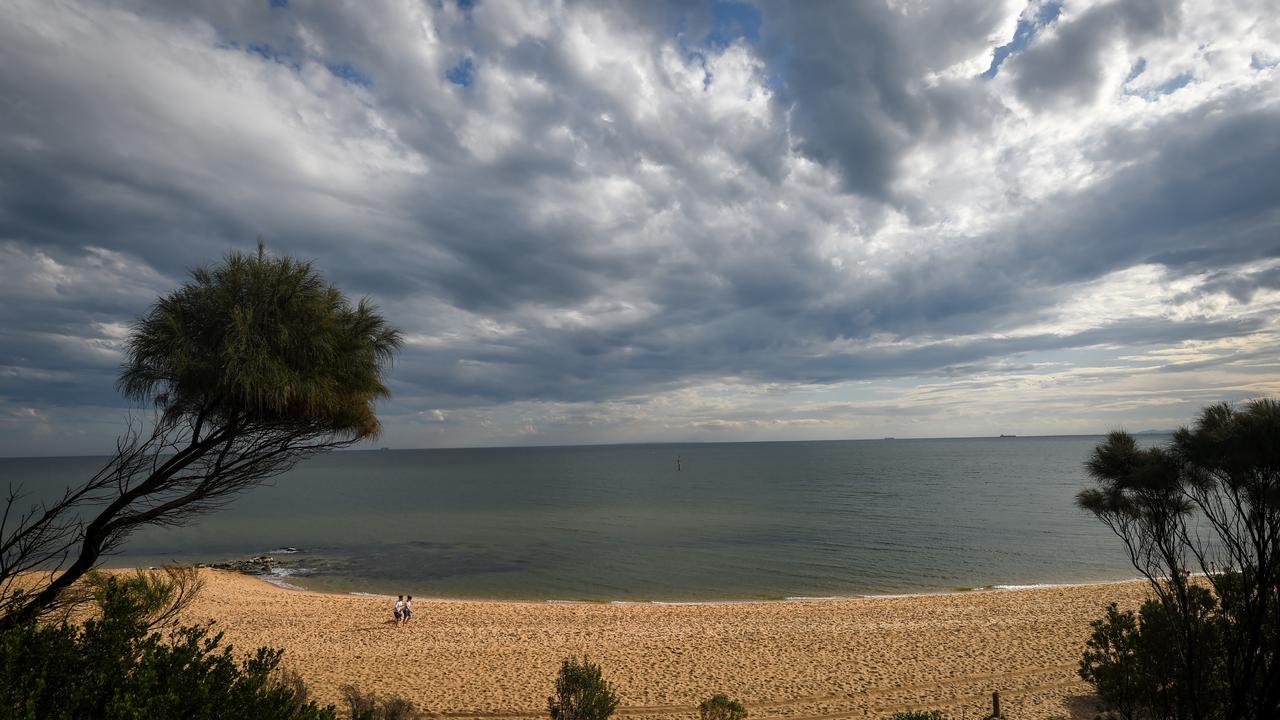
Will winter boost COVID-19 infection rates, as it does the flu and common cold?
If so, the lockdown of our suburbs may be harsher for longer. If not, the northern hemisphere is in for a tough summer.
Too soon to be "quietly pleased" about any of this. How much better we would have been if we had prepared like Singapore, Taiwan and Hong Kong? And better still had the government and its advisers done anything at all to secure Australia's borders from 2 February 2020 @abcnews https://t.co/h6TGzr5Q7H
— Bill Bowtell AO (@billbowtell) April 3, 2020
And exactly how many people experience COVID-19 as a mild irritation of the throat, or a merely irritating cough? The more the better. If this number is higher than expected, Australia may already have a much larger portion of the population gaining resistance to the virus than we thought. That would speed up reaching the vital herd immunity goal, where 60-80 per cent of us are immune.
But we don’t know. Yet.
We can only determine that through widespread testing. And that involves two distinct types of tests – one which tells whether you have the virus, and another that later identifies any antibodies your immune system may have generated in response.
Whatever happens, there will be no mid-year vaccine. That’s at least 18 months away.
SIX-TO-TWELVE MONTHS?
This is the timeline most politicians and health advisors are talking about. Yet-to-be released modelling seen by news.com.au shows the number of hospitalised coronavirus cases won’t peak until the end of October.
Will spring bring new hope?
Again, that depends on what we do now.
“We will need our health system leadership to understand at a time like this the structure should, in my view, be a military-like command-and-control one, led by senior frontline clinicians; bureaucrats must step out of the way,” Prof Talley writes. “Models matter even if they are imperfect representations of the real world. The same could be said for climate change models and health, but that is a topic for another day.”
By October, the various physical distancing, lockdown and quarantine measures will have been in place for several viral cycles. That’s the time it takes for COVID-19 to incubate (generally about five to 14 days), and for an infection to run its course (two to six weeks).
Our liferaft homes will have minimised exposure to the virus.
The expectation is that it will not have been able to infect new hosts faster than it’s been dying out in older ones.
The virus obeys only the laws of physics, chemistry and biology. This has always been clear. What would happen with #coronavirus was perfectly predictable from January 2020. In 2015, @BillGates gave a TED talk on pandemics and what would come. No effective planning in Australia. https://t.co/bosPkdJZzg
— Bill Bowtell AO (@billbowtell) April 3, 2020
It won’t be dead and gone.
It will still have been able to find new opportunities to infect among larger households, tight-knit communities and lockdown breakers, But those numbers will hopefully be dramatically reduced. The goal is that there are so few cases remaining that they can be carefully tracked and managed.
With the COVID-19 sharks tagged, the community that has not developed immunity can tentatively step out of their liferafts. And those who have developed resistance will act as a breakwater against a renewed pandemic storm.
Out-of-the-house activities will hopefully begin to return. But not all physical distancing measures will be relaxed. Socialising will be a thing again, but probably not at crowded sports venues or bars. Offices may re-open, but many may still keep work-from-home measures in place.
It will be yet more new territory for health experts to navigate.
EIGHTEEN MONTHS, OR MORE?
By sticking to our liferaft homes, medical science will have a chance to do its job.
And that may take more than a year.
“A safe and effective vaccine will help protect everyone and serve as a bulwark against reintroduction of the virus from other parts of the world,” the New England Journal of Medicine states.
Vaccines aren’t easy. It’s not just a matter of identifying and dissecting the virus.
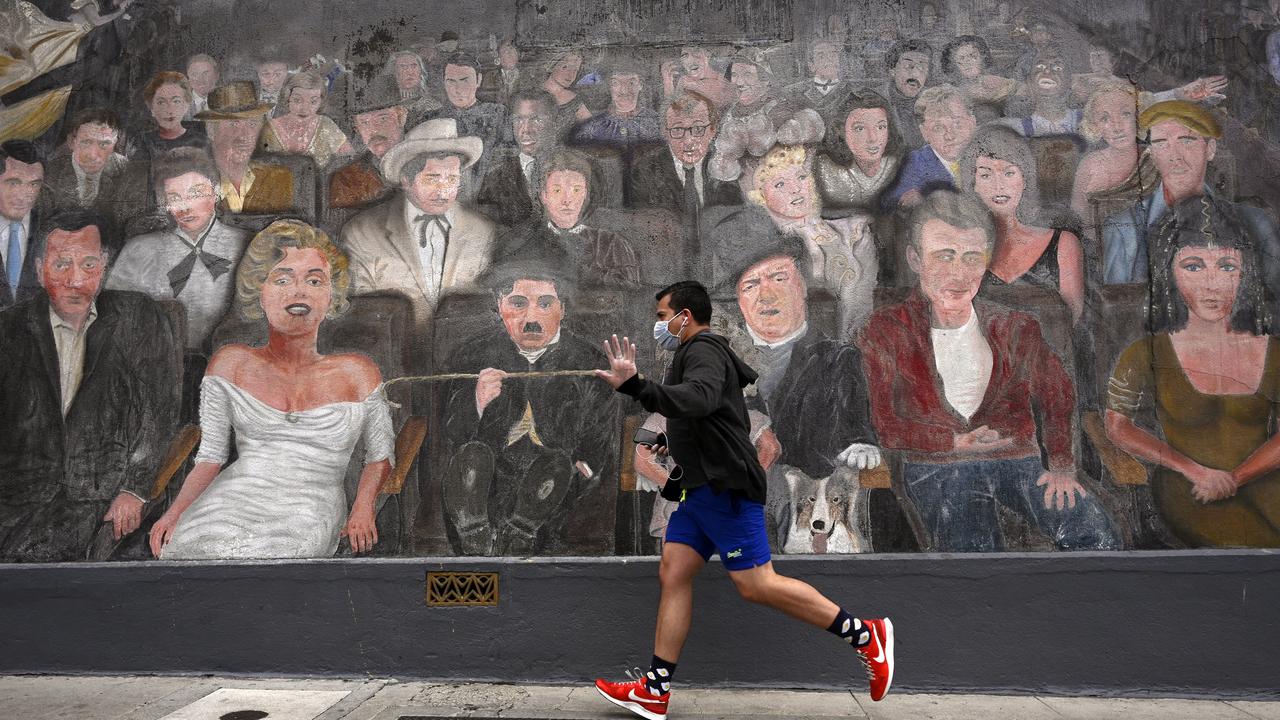
Which components react with our bodies in what way must be determined to ensure both safety and effectiveness. And then the serum must be mass-produced.
Both take time.
And neither are issues of bureaucracy. It’s about getting it right.
That’s not to say unprecedented progress isn’t being made: Several potential vaccines are under development by Australian collaborations alone.
I dont think we will be out of this for 18 months to 2 years. Wont be till we have a safe and effective vaccine and it can be delivered globally. Till then keep transmission as low as possible with reasonable measures that dont paralyse eg what in Australia before Mar 25. https://t.co/d3SBounhBO
— Peter Collignon (@CollignonPeter) April 2, 2020
“As soon as the genomic sequence of COVID-19 became available in January, we immediately used this, combined with our previous experience in developing a SARS coronavirus vaccine, to characterise the key viral attachment molecule called the spike protein,” says Flinders University Professor Petrovsky. “The vaccine has progressed into animal testing in the US and, once we confirm it is safe and effective, will then be advanced into human trials.”
But Professor Nikolai Petrovsky says the potential vaccine has many hurdles to overcome before being deemed safe and effective.
Many other vaccine contenders are also already in this process, including one from the CSIRO.
Essential services personnel will likely get whatever vaccine crosses that line first. Then it – and others – will probably be distributed according to a priority-need basis. So, injecting everyone in the arm will itself take time.
Only once that magic number of people are immune will the COVID-19 virus find so many doors slammed in its face that it can’t find a new host before it dies.
This is the pure maths that succeeded with the polio vaccine. It’s why measles is on its way back after anti-vaccination disinformation campaigns.
In this globalised world, we’re all part of the same herd.
“Over the coming months, it’s going to take courage, brains and a concerted, unified effort by the medical profession to manage COVID. Let’s not leave anyone behind,” Prof Tally concludes.


